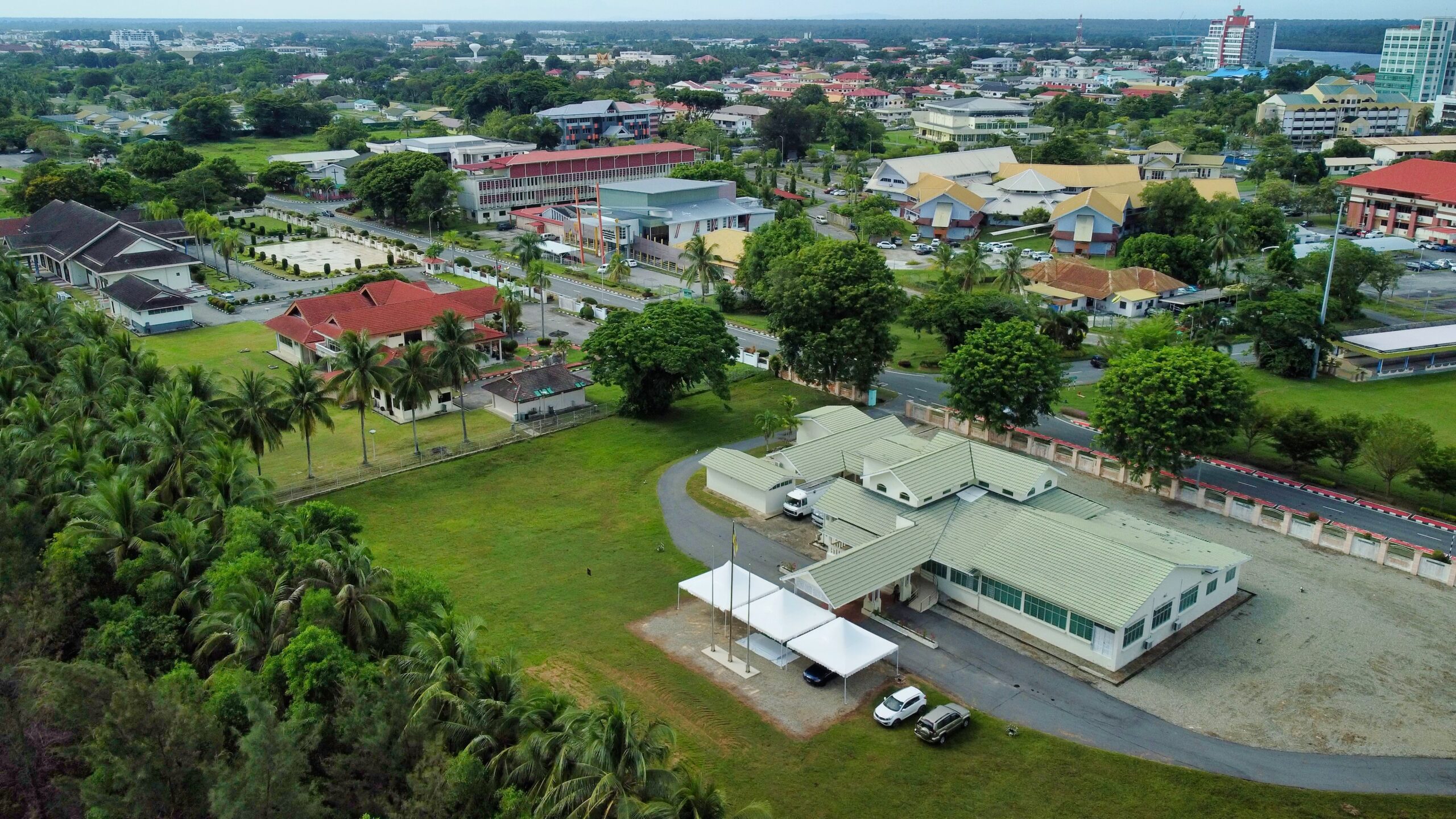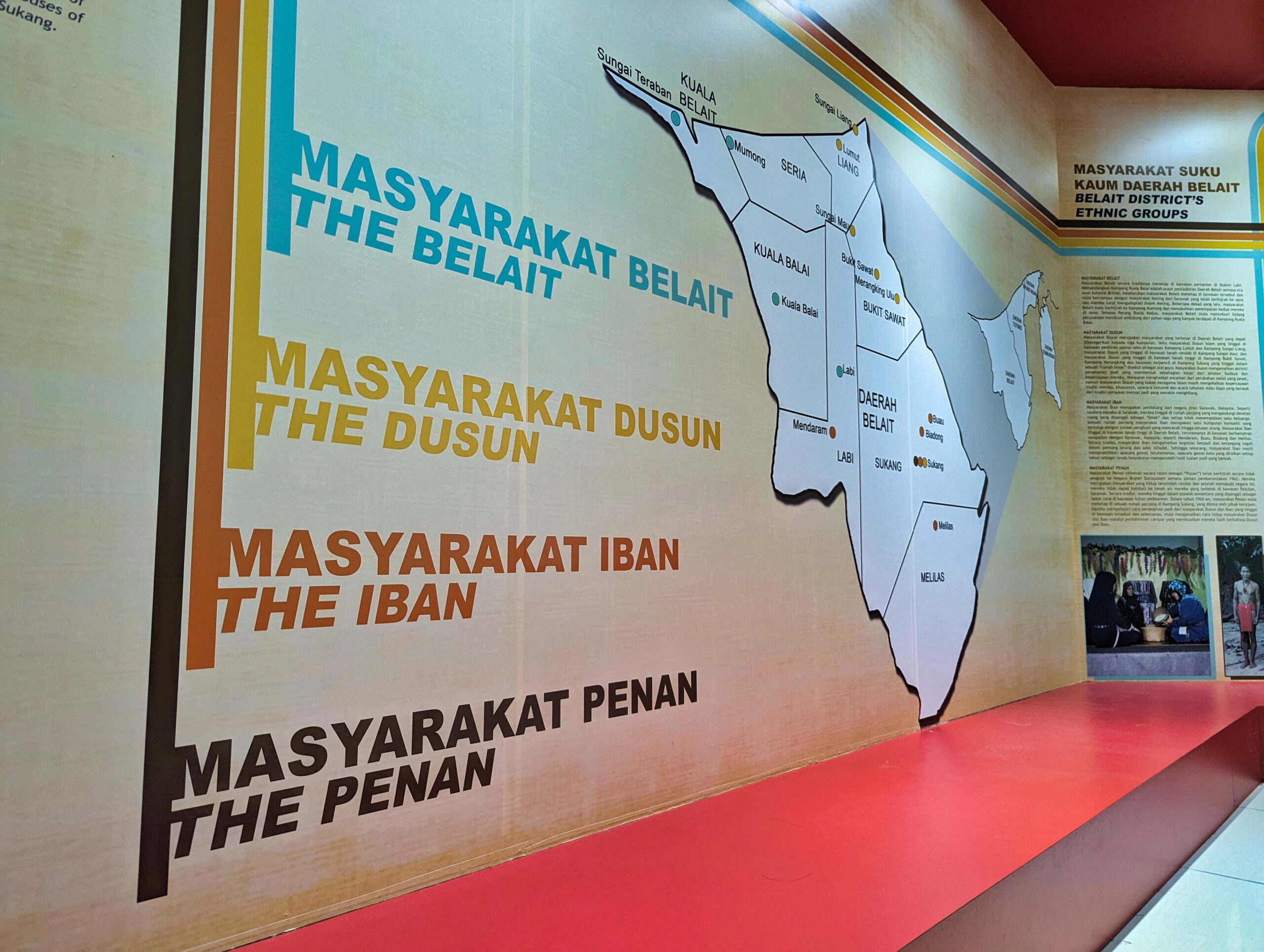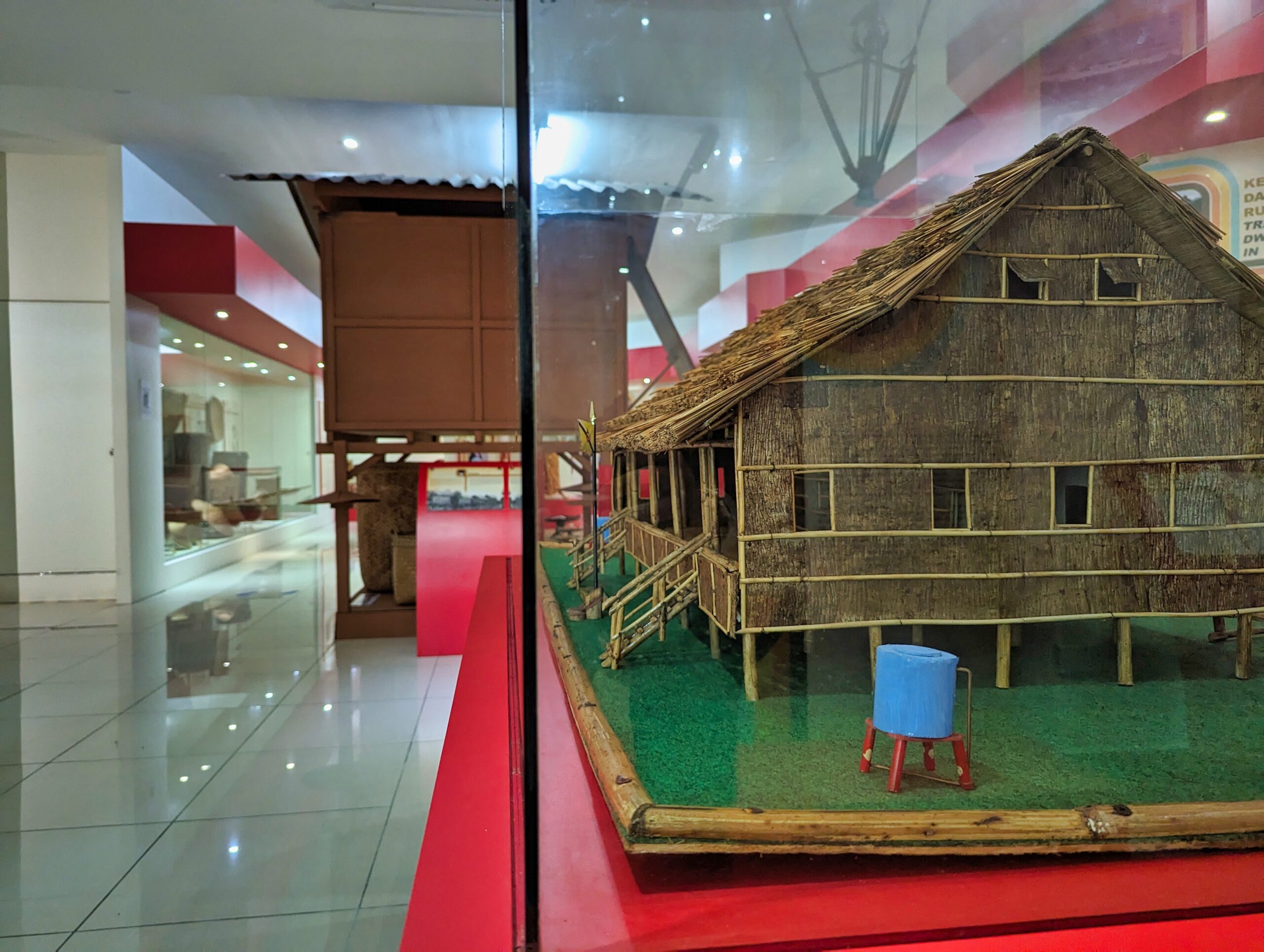Unearth the rich cultural legacy of Belait District.
While many might see Belait as another district nestled on the west of Brunei Darussalam that is famous for its oil and gas industry, it is also a district rich in history and has played a pivotal role in shaping the cultural and developmental tapestry of the nation.
One of the prime locations reflecting this heritage is located along Jalan Maulana, with the beachfront as its scenic backdrop – the Belait District Museum.
The museum is home to a myriad of permanent galleries as well as temporary ones aiming to shed light to the history and cultures encompassing the Belait District with a firm foot in the present, creating a homogenous venue that brings to mind the current state of the district.
This showcase first begins with a deep dive into the history of the building itself which used to be the former home of the Belait District officer and assistant British resident prior to that.

As highlighted by the museum, the building was built in 1938 as the residence of the assistant British resident before becoming the official residence of the Belait District Officer until 1990.
The first Belait District officer to stay in this house was Pengiran Jaya Negara Pengiran Haji Abu Bakar bin Pengiran Omar who was the first local to hold the post of Assistant British Resident, with Dato Paduka Haji Mohd Kassim bin Haji Johan being the last district officer to reside in the building before transferring to the official residence nearby, which is still in use today.
The historic building built on the six acres of land was previously used as a banquet hall for His Majesty Sultan Haji Hassanal Bolkiah Mu’izzaddin Waddaulah ibni Al-Marhum Sultan Haji Omar ‘Ali Saifuddien Sa’adul Khairi Waddien, Sultan and Yang Di-Pertuan of Brunei Darussalam during his visits to the Belait District in conjunction with the monarch’s birthday celebrations.
The building blends both local Malay and colonial architecture, with two distinct styles of roofing that can be seen: belah bumbung and potong limas.
The building was renovated in the 1970s to make space for a larger number of people. In 2011, the building was refurbished while still maintaining its original structure by the Belait District Office, with the Museums Department taking over the building in 2016.
While Belait may be known more for its oil and gas industry – which the museum has a dedicated gallery to – the museum is also home to various galleries showcasing the district’s unique culture, specifically its four distinct communities – Belait, Dusun, Iban, and Penan communities.
The Belait people occupy the farming areas around Labi, with Kuala Balai being the centre of the district administration during the early days of the British colonial era.
In the past decades, the Belait people migrated to Mumong and established their second homeland there. After the World War II, they ventured commercially to produce ambulong, which is extracted from sago palms.
The Dusun people are perhaps the largest indigenous group in Belait and can be split into three groups: the Islamised coastal Dusuns of Lumut and Sungai Liang; the lowland Dusuns of Sungai Mau located in the middle reaches of the Belait River; and the numerous highland Dusuns of Bukit Sawat, Merangking, including the highly nucleated, single ‘big-house’ Dusun community of Sukang.

The Dusuns cultivate rice as a major part of their cultural practices and beliefs. Threatened by rapid social changes, the non-Islamised Dusuns maintain their traditional ways, including tamarok rituals and the revitalised annual celebration of adau gayoh that is modelled after their rice harvest celebration.
The Ibans were originally migrants from the neighbouring state of Sarawak, Malaysia, and like their counterparts, live in longhouses with rows of adjacent apartments called bilek. Each bilek accommodates a single domestic family. The longhouse forms an enclosed community numbering several hundred residents.
These Iban communities are located on the highlands of Belait District, particularly, near the border adjacent to Sarawak, namely, the settlements of Mendaram, Buau, Biadong and Melilas.
Traditionally, the Ibans are rice cultivators and adhere to ancient customs and taboos. Until today, the Ibans still practise various ceremonies notably, gawai batu, to celebrate the abundant rice harvest.
The Penan, or Punan in Brunei, is a small group of accidental migrants who crossed the border into Brunei from Sarawak during the Confrontation period of 1962.
Having a nomadic lifestyle, a group of them moved into Brunei and was unable to return to their homeland of Pelutan in Sarawak.
Traditionally, the Penans live in makeshift huts, called lamin tana, in deep forests. In the 1960s, they began to live in a government-sponsored longhouse in Sukang and learn about shifting rice cultivation from the Iban and Dusun communities living there.

They also adopted the Iban-Dusun way of life through intermarriages as well as speak their languages.
These detailed looks are but a small segment of the overall galleries found at the museum that chronicle stories from the past to a modern and progressive nation. They serve as inspirations by underscoring the importance of honouring heritage while embracing change.
As the district and nation continue to evolve, the Belait District Museum stands as a steadfast reminder of the importance of preserving cultural heritage in a world of globalisation, with the museum serving as a beacon, drawing both locals and tourists alike to the rich tapestry of Belait’s past. – Daniel Lim


